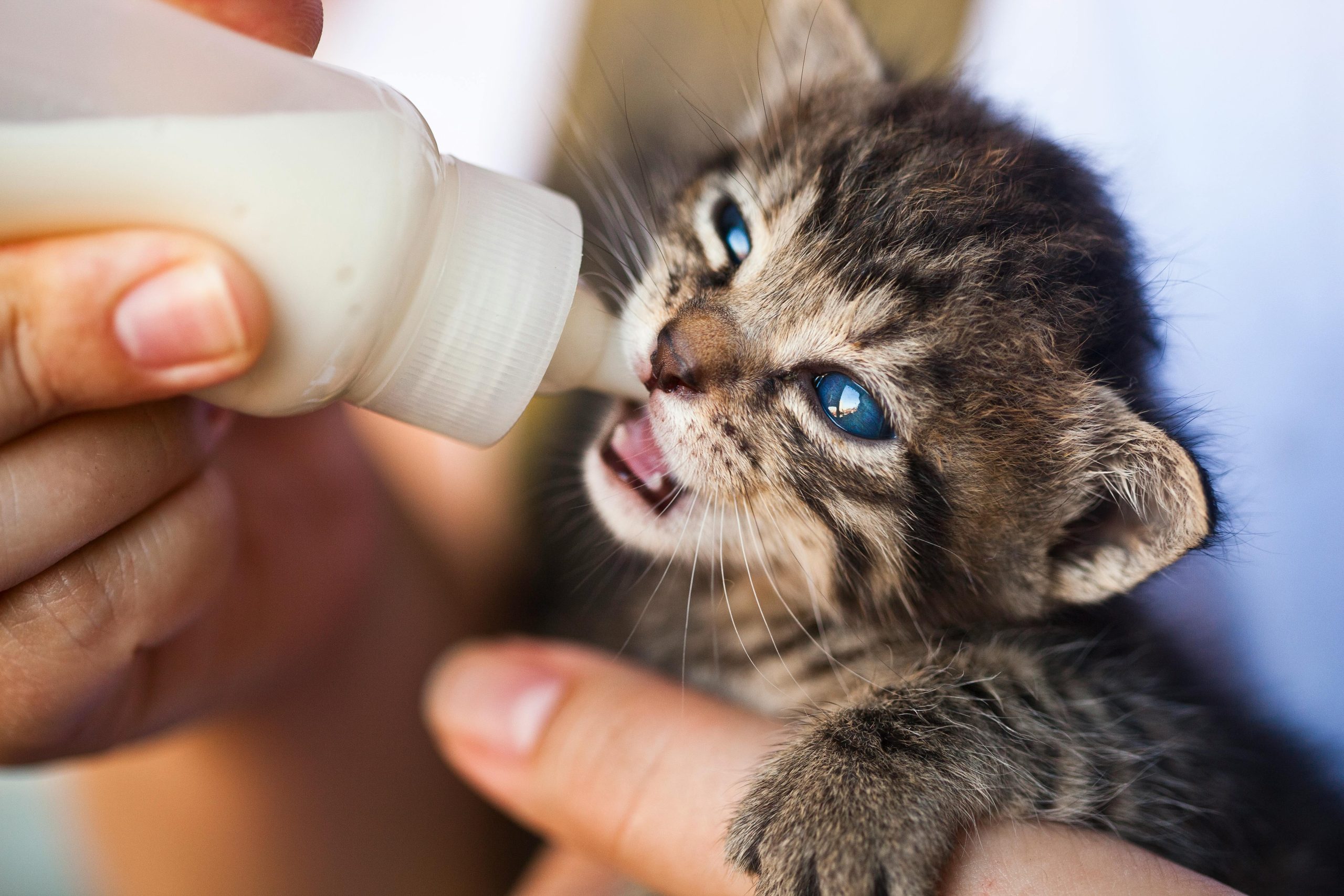Pet ownership: the importance of financial security with Pet Insurance
Bringing a furry four-legged friend into your home fills your life with joy, laughter, and unconditional love. However, the financial realities of properly caring for a pet through regular veterinary care, vaccines, and unforeseen illnesses or injuries can become daunting. This is where pet insurance plays an invaluable role—providing financial security.
Why consider Pet Insurance?
Here are 5 reasons why pet parents strongly benefit from proactive pet insurance coverage:
- Rising Veterinary Costs: Advancements in pet care mirror human healthcare with specialised treatments raising prices. Pet insurance greatly reduces out-of-pocket expenses with reimbursements.
- Unexpected Medical Emergencies: Urgent veterinary interventions add up without warning, from bone fractures to swallowed foreign objects to allergy attacks. Insurance cushions the financial hit.
- Lifelong Coverage: Wellness care needs span from kitten vaccinations to senior cat glucose monitoring. Plans often cover pets from birth onwards without exclusions for pre-existing conditions when enrolled young.
- Promoting Preventive Care: Knowing that insurance coverage exists for unexpected issues encourages better routine veterinary checkups, spotting concerns early before they become expensive hurdles.
- Peace of Mind: Focus fully on prioritising your pet’s health and quality of life rather than letting money anxieties distract you from treatment decisions. The insurance safety net provides tremendous emotional relief, too.
The spectrum of coverage options, claim processes, and pet healthcare inflation trajectories can initially seem confusing. But this guide aims to add clarity around “why,” “what,” and “how” considerations to match beloved pets with tailored financial assistance exactly when unanticipated care inevitably arises.
Understanding Pet Insurance Coverage
While policies share common baseline illness and injury protections, they diverge across dimensions like sub-condition inclusions, reimbursement limits and customer service. Consider key variables:
- Accident-only coverage: Budget-friendly plans to cover unforeseen trauma like bone fractures and poisoning without encompassing illnesses. They offer a partial safety net.
- Accident and illness coverage: Broader protections for both injury events alongside any sickness manifestations for enhanced financial security. Popular choice.
- Lifetime coverage: Optimal policies without annual coverage caps across all pet stages once enrolled minimise long-term care change disruptions.
- Annual coverage: Pre-set maximum benefit limits renewing yearly. Cheaper initially but may require frequent policy adjustments as needs increase over time.
- Alternative therapies: Extended plans featuring physiotherapy, acupuncture, and therapeutic supplements expand care options.
- Behavioural therapy: Training and prescription interventions for anxiety, aggression, and related conditions in pets offering more holistic support.
- Third-party liability: This policy guards against legal financial liabilities from injuries/damage triggered by pets, protecting owners from claims. It is a crucial addition to home insurance.
Evaluate pet-specific risks and life plans when discerning ideal protections that suit foreseeable treatment trajectories over the years ahead while retaining the flexibility to modify policies to align with emerging requirements as your fur baby grows older.
Choosing the Right Pet Insurance Plan
Finding the right pet insurance plan requires considering several factors:
- Your pet’s age and breed: Pre-existing conditions get excluded, so enrol pets when they are young before illness onset. Some breeds necessitate higher premiums reflecting genetic dispositions.
- Your budget: Set reasonable recurrent premium spending, factoring in longer-term coverage needs and economic constraints. Review all discount opportunities, too.
- Your desired level of coverage: Prioritise the breadth of reimbursements for accident, injury, and illness scopes reflecting probable expenses anticipated based on pet type, activities, and medical history.
- Excess (deductible): Opt for policy excess levels—the amount you pay before insurance kicks in per claim—that align with savings capacity to cover routine expenses before reimbursement. Minimise excess levels to reduce out-of-pocket costs.
- Renewal policies: Compare renewal terms across providers, ensuring stable pricing frameworks without sudden hikes or exclusion additions as your pet ages. Look for lifetime coverage guarantees upfront.
Tips for choosing a plan:
Selecting the optimal pet insurance plan that aligns with your budget while maximising protections for your furry family member requires careful consideration around coverage scopes, exclusions, reimbursement rates, and customer service reputations. As a pet parent, arming yourself with the following handy tips:
- Get quotes from multiple pet insurance providers. Contrast quote variations determining best value based on risk exposures, premiums, and reimbursement rates.
- Compare coverage details and exclusions carefully. Read the fine print to avoid unwelcome surprise coverage denials when claims arise down the road. Ask clarifying questions.
- Read reviews and customer experiences. Gauge provider reputations and claims satisfaction levels through social proof from fellow pet parents.
- Feel free to negotiate with your chosen provider. Politely request premium discounts for multi-pet households or adjust excess levels to meet budget goals.
Understand the Claims Process
Despite best-care prevention efforts, unexpected pet medical needs inevitably crop up. Here is what to expect when filing insurance claims:
- Review your policy details: Re-verify coverage scopes, itemised condition exclusions, reimbursement rates, submission deadlines, and required documentation before filing to prime speedy approvals.
- Contact your pet insurance provider: Call agent helplines to provide initial notice of emerging incidents and expected claim submissions as a courtesy, keeping insurers informed and engaged from the outset as your partner.
- Gather documentation: Have itemised veterinary invoices detailing performed treatments/diagnosis codes and medical necessity available alongside all test reports supporting case backstories and prescribed care regimens per policy evidentiary requirements.
- Submit your claim: Send gathered claim documentation via online portal claim forms, mobile apps, or email/postal channels. Keep copies of claim data safely stored, including confirmation receipts from providers.
- Review process: Insurers evaluate all factors against policy provisions to validate claims eligibility before determinations get communicated—often within 5-10 business days if uncomplicated. Complex reviews may require engaging veterinary specialists seeking clarification.
- Reimbursement: Once validated and finalised, claim reimbursements are deposited quickly into nominated bank accounts within days so outstanding medical bills get paid off minus excess deductions, enabling continued unrestrained care.
Tips for a smooth claims process:
Despite the extensive care taken to safeguard your pet’s well-being, unexpected illnesses and injuries necessitating intensive veterinary interventions can strike without warning. Pet insurance coverage helps greatly in these stressful situations, but the claims process can also be confusing. Arm yourself with the following handy claims submission tips guiding seamless reimbursements:
- Meet policy notification deadlines for current or foreseeable claims, providing maximum response time for providers liaising required paperwork.
- Organise medical/care documentation thoroughly referenced to pet ID and incident dates so critical information gets easily relayed to claims teams without delays.
- Build relationships with supportive vet staff appreciating insurance processes for detailed invoices listing all performed treatments by name.
- Get pre-approvals for major therapies if required under your selected plan before authorising hospital teams to proceed confidently, knowing the majority of costs are covered.
- Set payment reminders to avoid missed premium dues, ensuring continuous coverage when claims need processing without gaps interrupting fast settlements.
Conclusion
Loving pet ownership ultimately relies upon having financial contingency coverage cushions through reputable providers safeguarding animal family member health across every life stage when the unexpected inevitably occurs. Choose tailored policies wisely, balancing premium spends suiting foreseeable risk profiles ahead while communicating coverage specifics and streamlining documentation flows for seamless future claims settlements, bringing peace of mind as the ultimate return on investment. Stay devoted to their care and trust in the process!
![[AD] We went to the newly opened Cha Sha Kingston a couple of weeks ago, and wow — taste bud adventure unlocked! The boys devoured the masala fries and chicken tikka rolls, while we couldn’t get enough of that epic kebab butter curry 😍🍛.
It’s amazing value for food this tasty (and everyone left happy and VERY full!).
Delicious food, vibrant vibes and incredible value — the perfect combo for your next meal.
📍Cha Sha Kingston
43 Surbiton Road, KT1 2HG
🌐 chasha.co.uk
Other Cha Sha locations in Birmingham, Ilford, Southampton and Wembkey
#ChaSha #ChaShaKingston #KingstonEats #FoodieFinds #UKFoodie #FoodReview #KingstonUponThames #FamilyEats #FamilyDining #FoodieKids](https://suburban-mum.com/wp-content/uploads/2016/02/574770541_18560351146016840_6855048070839528040_n-180x320.jpg)

![[AD] We’re a cricket-mad family, so we’re buzzing that @thehundred is back this August! 🏏🔥
To get ready, M tried out the official FREE Activity Pack — and it’s brilliant! 🙌
Packed with fun games, creative challenges and sporty tasks, it’s perfect for getting kids hyped whether you’re at home or on the go.
👉Download yours now (link in bio)
@londonspirit @ovalinvincibles #EveryMomentCounts #TheHundred
#EnglandCricket #CricketFamily #TheHundredCricket #LondonBloggers #Cricket #CricketIsLife #kidsfun](https://suburban-mum.com/wp-content/uploads/2022/11/505472555_18531279601016840_7092520074819907569_n-180x320.jpg)



![[AD - Press visit]
We enjoyed the glorious sunshine this weekend with a trip to Brighton. We went on the @brightoni360official which is right by the sea front.
The i360 pod take a slow journey up, allowing you to take in views across Brighton and the South Downs 450ft above ground. There’s a bar inside with drinks and snacks available to purchase and the experience lasts 25 minutes.
Afterwards, we headed to the open air roller rink for a roller skating session!
The roller rink is:
⭐ Suitable for over 5s
⭐ £6.50 if you have your own skates or £9.50 if you need to hire them
⭐ 45 minutes per session
Full details to visit the i360 + skating
📍 Brighton i360, Lower Kings Road, Brighton BN1 2LN
🚗 Parking nearby (we parked in the Regency Square Car park)
🎟️ Prices start from £25.40 for an adult and £16.90 for a child
🕐 Opening hours are currently Sun-Fri 10.30am-18.30pm and until 19.30pm on Saturdays
☕️ Bar inside the i360, cafe and gift shop
Book tickets here:
https://tickets.brightoni360.co.uk/tickets/?_ga=2.195305772.1869001490.1689671753-1757164059.1689671753/#events?eventid=157](https://suburban-mum.com/wp-content/uploads/2015/04/417980235_313576471048632_3682382982231216432_n.jpg)

![[AD] ***Summer of fun at Barracudas Activity Camps!****
There is plenty for kids to do at @barracudas_activity_day_camps
From Tennis, Archery, Swimming, Motor Sports and more you can be sure that there will be something for kids aged 4.5-14. ⚽🏈🥅🎾🏓🏎️🏹🏊♂️🏉
You can book on a day by day basis - so it can fit in with any other days out/activities you have planned and there are early drop off and late pickup options available. Barracudas are also Ofsted registered so you can use your Childcare Vouchers too.
⭐⭐⭐Get £20 off a week or £4 off a day using my discount code: MARIA20⭐⭐⭐
#BarracudasActivityDayCamp #BarracudasActivityCamp #BarracudaAmbassadors #SummerHolidays #SchoolHolidays #Summer2023 #SummerCamp #DayCare #Camp #KidsCamp #surreymummy #surreymums #SummerOfFun #ActivityCamps #HolidayCamps #Childcare #SchoolHolidays #schoolholidaycamps](https://suburban-mum.com/wp-content/uploads/2024/07/353583570_625625966167953_545896259645102575_n.jpg)



![[AD] We have some super exciting news...we have been chosen to be Laser Quest Ambassadors, and the boys are over the moon!
We are really lucky that our local Laser Quest (@laserquestkingston) is just around the corner from us. It means we can pop in of a weekend or anytime during the school holidays, and with summer just around the corner, I know Laser Quest will be one of our go-to places for some family fun.
As well as games of Laser Quest, there are also VR experiences and arcade amusements too. To find out a bit more about how Laser Quest works, you can read my blog post: https://www.suburban-mum.com/laser-quest-kingston/ (clickable link in bio)
Don't forget to keep an eye out for our Laser Quest posts - I'm going to be giving away two family passes to use at Laserquest Kingston!
If you can't wait and want to head down to Laser Quest to try it out, use the code SUMMER30 for 30% off your booking. The code is valid from now until the end of August 2023 and can be used on Laser Quest games and birthday party bookings.
#LaserquestAmbassador #Laserquest #LaserquestKingston #ActivitiesForKids #FamilyFun #DaysOutWithKids #Lasertag #LaserquestVR #Kingston #ThingsToDoInKingston #SurreyFamilyDaysOut #ThingsToDoWithKids #RainyDayFun #SurreyMummy #SurreyLife #LifeWithKids #LifeWithBoys #familyfunday](https://suburban-mum.com/wp-content/uploads/2015/04/353230107_797358078406942_2405522556733455165_n.jpg)

![[AD] The sun has finally made an appearance and the boys have been making the most of it by spending it
in the garden.
They’re go-to is always football and they’ve been trying to improve their aim and accuracy with the new Messi Foldable Footlball goal from the #MessiTrainingSystem range.
I love the fact the goal is foldable, making it easy to store away when not in use. It is also lightweight so you can effortlessly pack it up and take it to the park or to a friend’s house.
The Messi Foldable Football Goal retails at £36 and can be purchased from @argos
You can read my full review here: https://www.suburban-mum.com/messi-foldable-football-goal/
#TrainLikeMessi #FoldableFootballGoal #FootballSkills #OutdoorFun #LionelMessi #LeoMessi #FootballAtHome #OutdoorKids #JustGetOutside #OutdoorsAndFree #ScreenFreeKids #WhateverTheWeatherKids @flair_gp](https://suburban-mum.com/wp-content/uploads/2015/04/341194882_615024710178056_41977149395989448_n.jpg)

![[AD] We are absolutely thrilled to announce that we are Barracuda Ambassadors again this year.
With Easter just around the corner, the boys were sent the @barracudas_activity_day_camps new camp kit in preparation for the school holidays.
There’s a wide range of activities for kids aged 4.5 - 14 including Tennis, Archery, Basketball, Arts & Crafts and more.
If you like the sound of Barracudas, find out more over on their website. You can also save £20 a week or £4 a day, using my discount code: MARIA20](https://suburban-mum.com/wp-content/uploads/2024/07/336812306_765234558514317_685553691647241974_n.jpg)


![[AD - Gifted]
Last weekend we were invited to try out @tsarettaspice’s new Bottomless Brunch menu and I can tell you it was thumbs up all round!
There’s a good choice tapas on offer from Punjabi fish fingers, Indo Chinese Chicken to Spiced Lamb Scotch Eggs and Manchurian Cauliflower (which was amazing!)
If you’re local to Twickenham and fancy giving them a try here’s are the details.
Tsaretta Spice Bottomless Brunch
⭐️£37.50 per head for bottomless Prosecco or cocktail of the day
⭐️£55 per head for bottomless Champagne
⭐️ Food included: 4 tapas selections and dessert or 2 tapas selections, a pav or naanwich and dessert
⭐️ Non-alcohol brunch is also available
Tsaretta Spice
55 Church Street
Twickenham
TW1 3NR
You can also read our full review over on the blog (link in bio)](https://suburban-mum.com/wp-content/uploads/2024/07/334565436_5960402314015030_663031098700829518_n.jpg)




